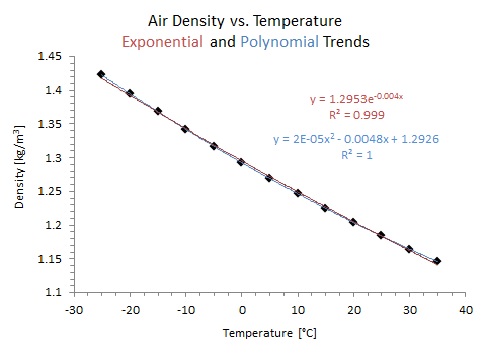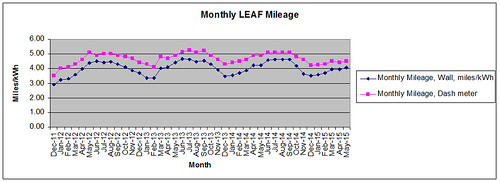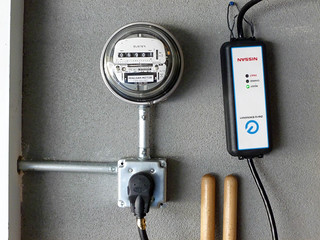boba
Well-known member
Last winter I did not have LeafSpy when discussing range vs. temperature. The discussion group could not understand why my range figures were so high during cold Maine days. It turns out that battery temperature has more effect than outside temperature. Though my garage is not heated, it is insulated and has significant window area and can be 15 or more degrees above outside.
Today was a good example. Outside vs. battery temperatures = 12F/27F and the range turned out to be 75 miles. At 12 degrees or so, some report range ~45 miles. So far in all my tests battery temperature does not drop while driving at low temperature but usually increases. Since charging increases battery temperature it might be well to end charging just before use on cold days.
Today was a good example. Outside vs. battery temperatures = 12F/27F and the range turned out to be 75 miles. At 12 degrees or so, some report range ~45 miles. So far in all my tests battery temperature does not drop while driving at low temperature but usually increases. Since charging increases battery temperature it might be well to end charging just before use on cold days.



